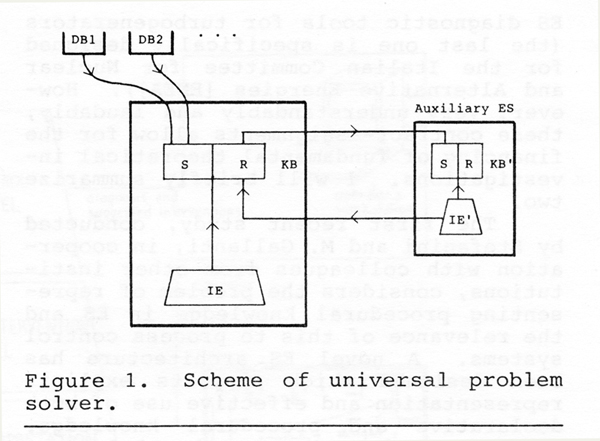I’m now in Moab, Utah, on day 16 of a long field trip. On 26 May my graduate student John and I drove south from Corvallis, Oregon, collecting our way down to Concord, California, where we met up with my former postdoc, and current UC Berkeley prof, Kip Will. The three of us then began a three-week-long field trip to hunt for carabid beetles.
The purpose of this trip for me is to collect beetles for my project on Bembidiina of North America; John and I are preserving beetles we find for DNA and morphological studies to help discover and document the species of this group in the United States and Canada. Kip is hunting for a different group of carabid beetles, members of the subgenus Hypherpes of genus Pterostichus, in order to document that group in the southern mountains east of California.
We set off from Concord on 28 May, heading south to near Lake Isabella, CA, in Kip’s great field vehicle, a Ford Raptor. Here are Kip and John in front of the truck – Kip is looking at beetles, and John is looking cool. Continue reading →






